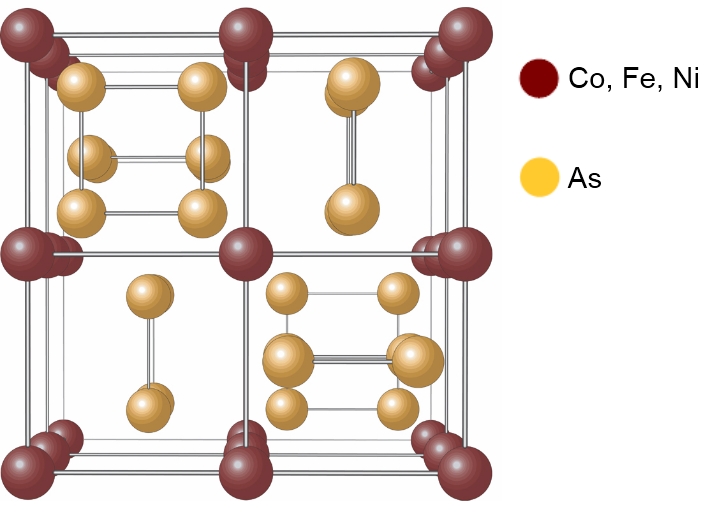Fascinating; As dissolves in sulfuric acid, reducing some of the acid to SO2? Looks like a great yield (of As2O3 crystals). Cool!
As I recall, arsenic can be reduced from solution, similar to Se and Te? Or is it just those...
I would also suppose, once you isolate As2O3, a ground-up mixture with charcoal should distill (well, sublimate) elemental As under similar conditions
to the picture above, and accordingly, in high purity. Probably under inert conditions (CO2, N2 or etc.), but not vacuum. The active ingredient in
carbon reduction is often CO; the same reaction might be done under a stream of CO, with more expensive equipment of course (CO generator, reaction
tube, connectors). The reduction could also be done with hydrogen, with the obvious danger of AsH3, but that decomposes over 200C so it should be a
fine method as well. I think you'd want to stick with nonmetals and gasses for reduction, as metallothermic reduction will produce arsenides as
impurities (compare to Mg + SiO2 thermite making silicide), besides the drawback of the low boiling point.
That said, metallothermic reduction in a bomb might be interesting. Like the sodium reaction, it should produce a lump of fused arsenic, which would
be an unusual sample for the collector.
Tim |



















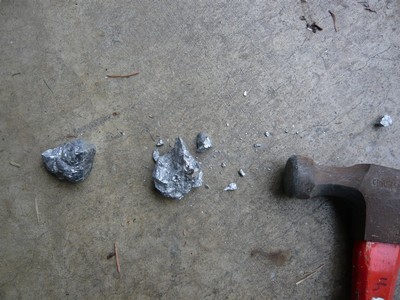
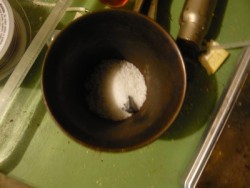
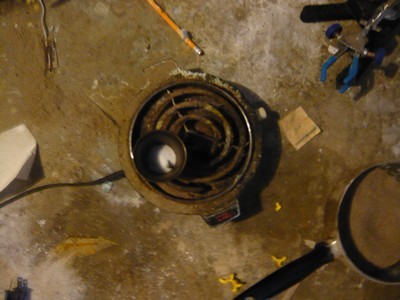
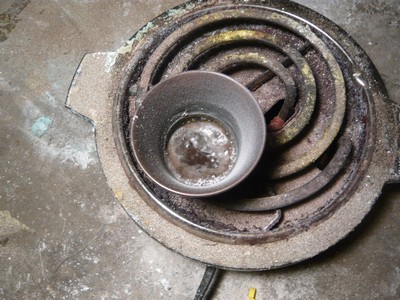




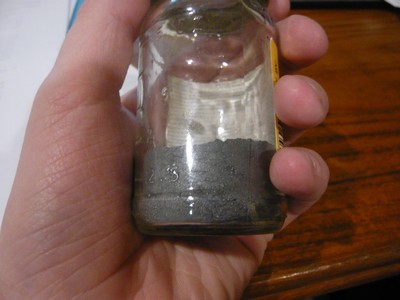

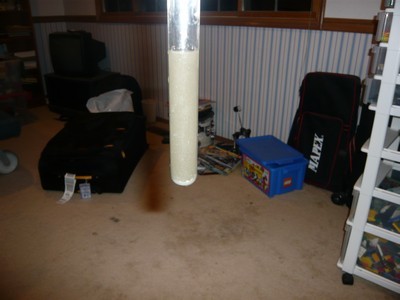

 .
.
 Another approach could be fusion of the ore with KOH + KClO3 or KNO3. These
oxidisers may also get As to ortho arsenate (or maybe arsenite (III)?) but with the advantage of temperature and much higher concentrations of
leachates.
Another approach could be fusion of the ore with KOH + KClO3 or KNO3. These
oxidisers may also get As to ortho arsenate (or maybe arsenite (III)?) but with the advantage of temperature and much higher concentrations of
leachates.

